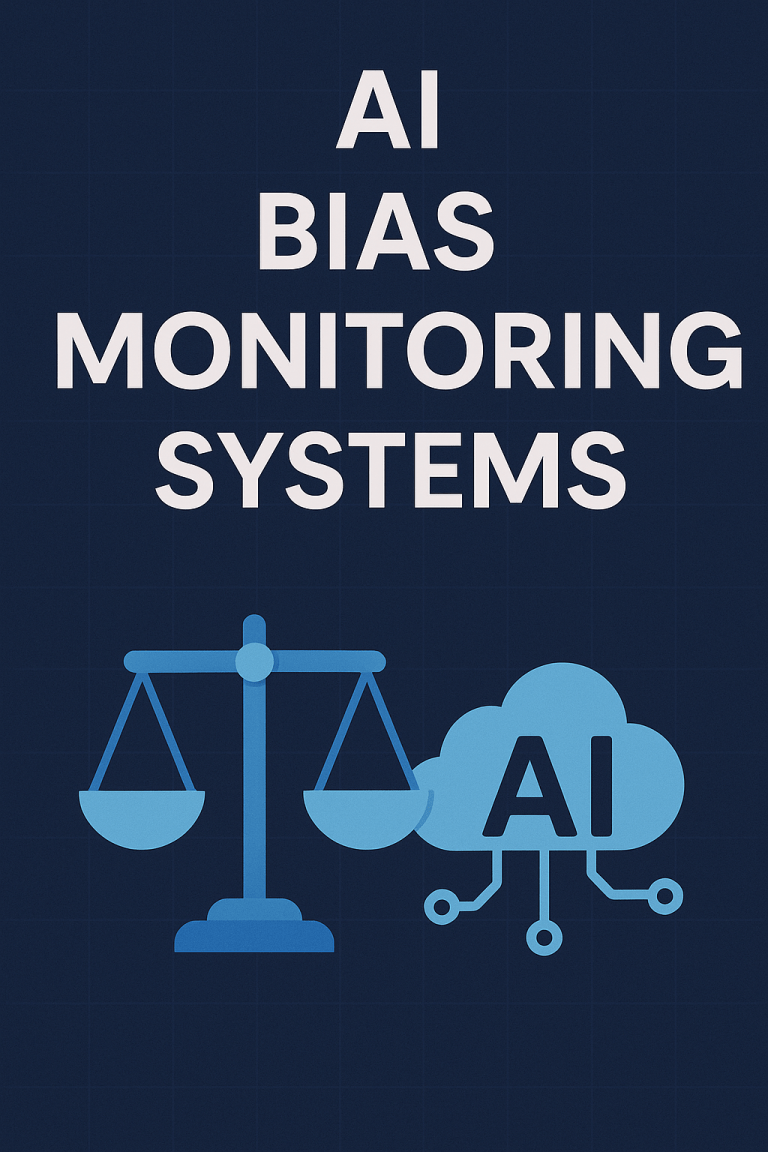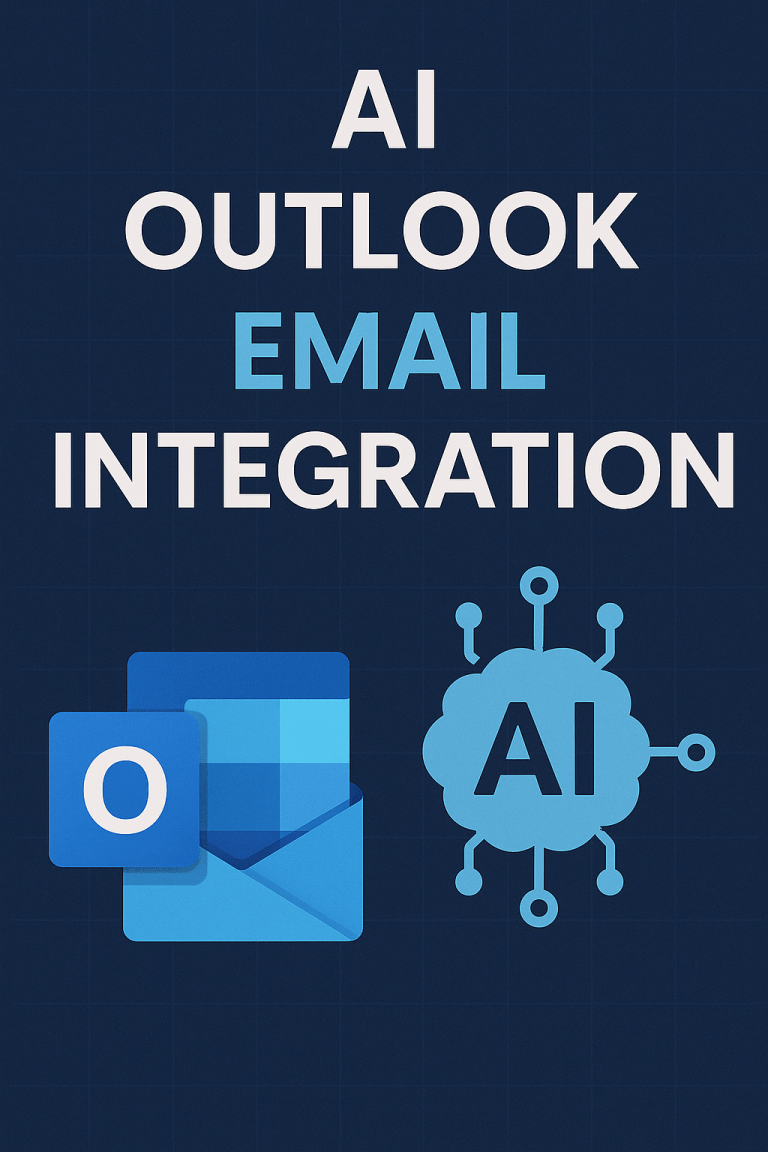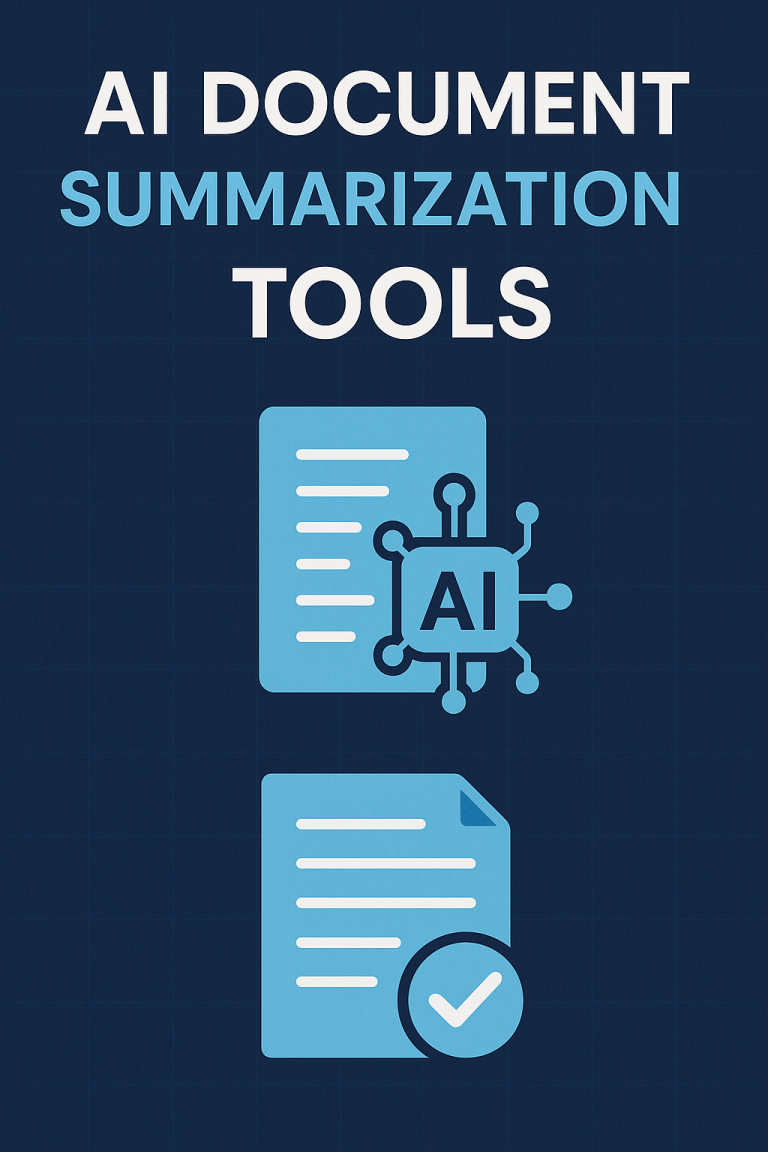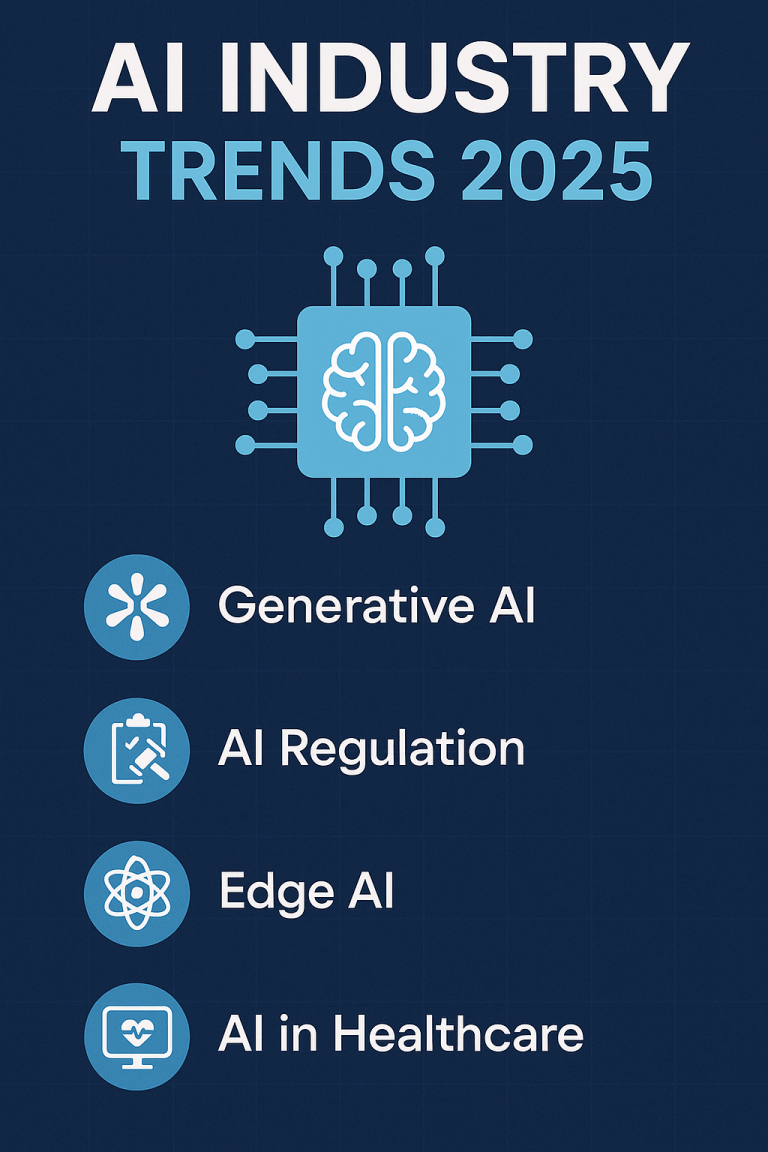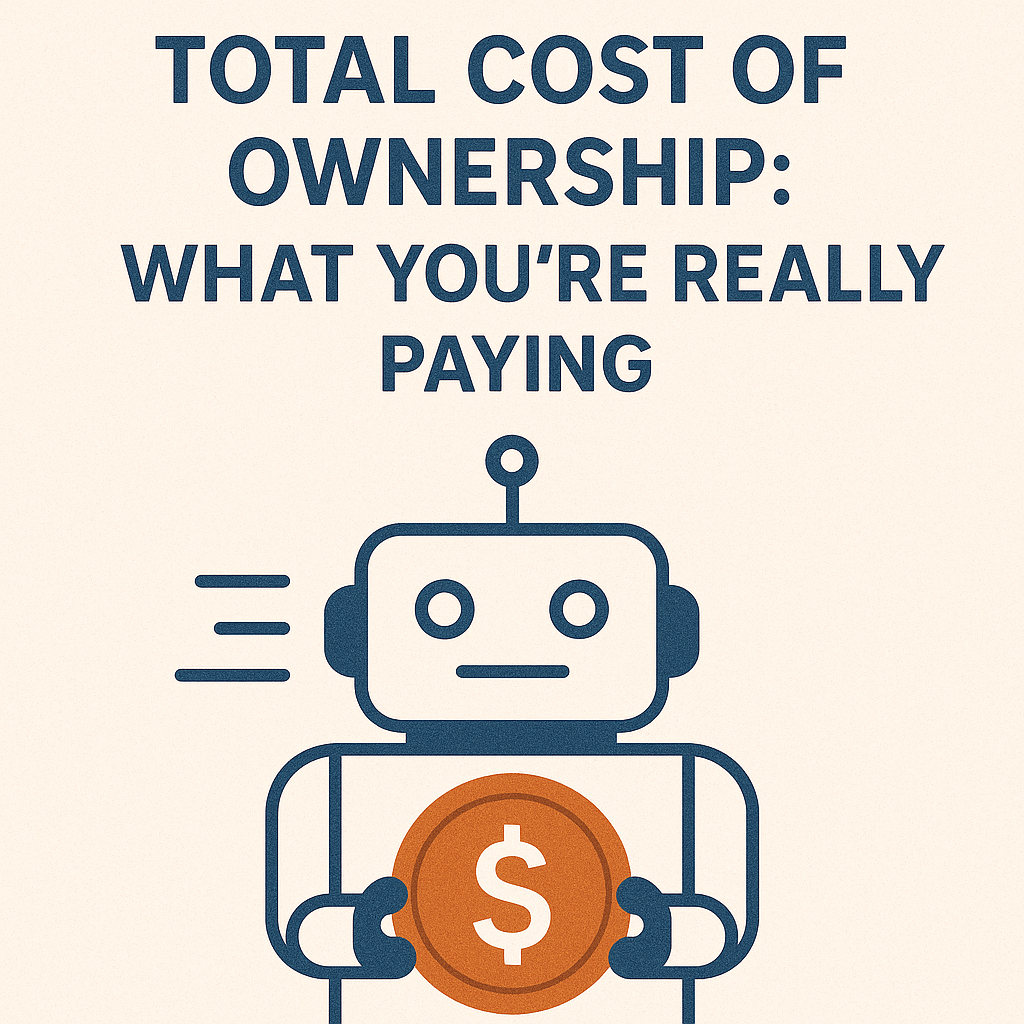
Introduction
When organizations invest in AI tools, many focus solely on the sticker price. This narrow view often leads to budget overruns and unexpected costs. Total Cost of Ownership (TCO) offers a more accurate picture of what you’ll actually spend on an AI solution throughout its lifecycle.
TCO includes all direct and indirect costs associated with purchasing, implementing, using, and maintaining an AI tool. Understanding TCO helps businesses make informed decisions, budget accurately, and maximize return on investment.
Components of AI Tool TCO
AI tool costs extend far beyond the initial price tag. Here’s what typically contributes to the total cost:
1. Initial Costs
- Software licensing or purchase fees
- Hardware requirements (servers, GPU clusters, specialized equipment)
- Cloud infrastructure setup
- API access fees
- Data storage solutions
2. Implementation Costs
- System customization
- Integration with existing systems
- Data migration and cleaning
- Testing and quality assurance
- Security implementation
3. Human Resource Costs
- Staff training
- New hires (data scientists, AI specialists, etc.)
- External consultants and specialists
- Productivity loss during transition
- Ongoing expertise development
4. Operational Costs
- Subscription fees
- Infrastructure maintenance
- Regular updates and patches
- Data storage (ongoing)
- Monitoring and management
- Energy consumption for processing power
5. Hidden Costs
- Data quality issues requiring manual intervention
- Downtime and productivity loss
- Security incidents
- Compliance and regulatory adaptations
- Technical debt accumulation
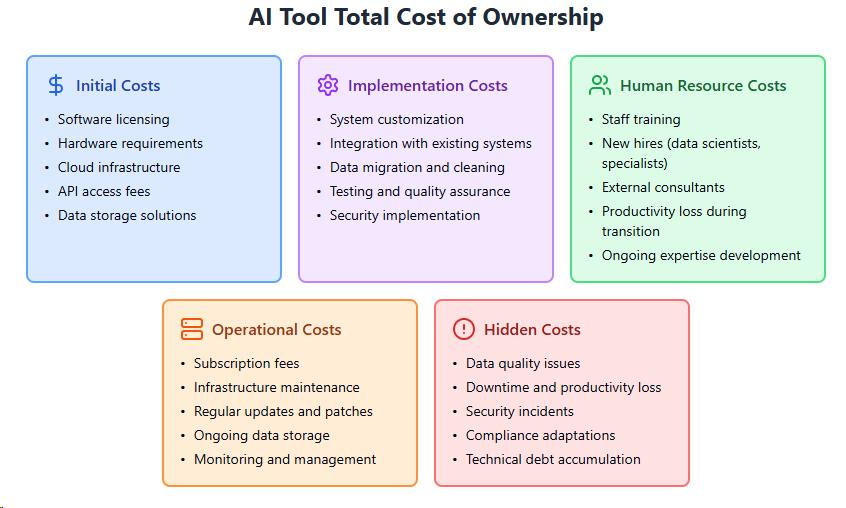
Calculating AI Tool TCO
Simple TCO Formula
TCO = Initial costs + Implementation costs + (Monthly operational costs × Expected lifespan in months) + Decommissioning costs
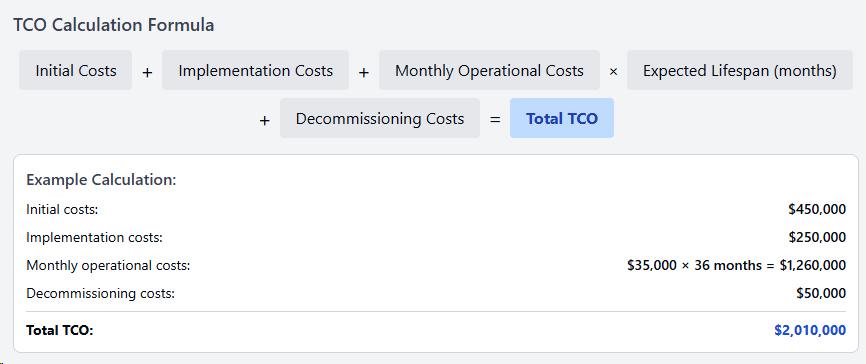
Key Metrics to Track
Track these metrics to maintain visibility into your AI tool’s ongoing cost profile:
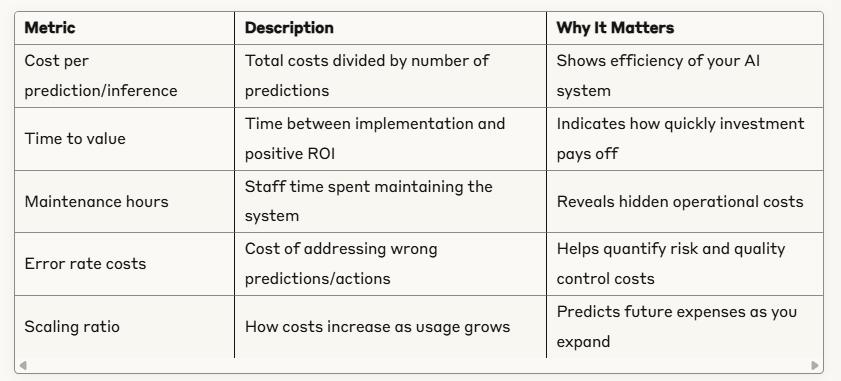
Common TCO Calculation Mistakes
- Forgetting to include data preparation costs
- Underestimating training and reskilling needs
- Not accounting for integration with legacy systems
- Ignoring the cost of regular model updates and drift correction
- Failing to factor in compliance and security requirements
How to Reduce AI Tool TCO
Planning Strategies
- Start with clear business objectives and success metrics
- Build a cross-functional team to identify all potential costs
- Create a phased implementation plan to spread costs over time
- Set realistic expectations for ROI timeframes
- Compare built vs. bought solutions thoroughly
Implementation Best Practices
- Begin with small pilot projects before full-scale deployment
- Invest in proper data infrastructure before implementing AI
- Train key team members who can then train others
- Document processes thoroughly to reduce knowledge dependency
- Build with scalability in mind from the start
Long-term Cost Control
- Regularly audit and optimize AI resource usage
- Implement monitoring systems to catch issues early
- Develop internal expertise to reduce dependency on external consultants
- Create feedback loops to improve model accuracy over time
- Consider serverless or consumption-based pricing models where appropriate
Real-world TCO Considerations
Small Business Perspective
For small businesses, AI tool TCO often hinges on balancing capability with simplicity. Pre-built AI solutions with minimal customization typically offer the best TCO, even if they don’t provide all desired features.
A small e-commerce business implementing an AI-powered customer service chatbot might face these costs:
- Initial subscription: $500/month
- Staff training: 20 hours × $25/hour = $500
- Integration with website: $2,000
- Ongoing monitoring: 5 hours/month × $25/hour = $125/month
- Annual TCO: $500 + $2,000 + ($500 + $125 × 12) = $9,000
Enterprise Perspective
For enterprises, AI tool TCO frequently involves complex integration with existing systems and data sources.
A financial institution implementing an AI fraud detection system might encounter:
- Software licensing: $250,000/year
- Infrastructure upgrades: $400,000
- Implementation consultants: $150,000
- Internal staff time: 2,000 hours × $50/hour = $100,000
- Training: $75,000
- Ongoing maintenance: $120,000/year
- Data storage and processing: $8,000/month = $96,000/year
- First-year TCO: $250,000 + $400,000 + $150,000 + $100,000 + $75,000 + $120,000 + $96,000 = $1,191,000
Making Smarter AI Investments
To maximize the value of your AI tool investment:
- Map your complete AI ecosystem before purchasing new tools
- Factor in how the solution will scale with your growth
- Balance building in-house vs. buying solutions based on core competencies
- Consider open-source alternatives for non-critical applications
- Build a culture of measurement for ongoing cost assessment
Conclusion
Understanding the total cost of ownership for AI tools helps organizations avoid unpleasant financial surprises and make better investment decisions. By considering all cost components, calculating TCO accurately, and implementing cost-reduction strategies, businesses can harness AI’s potential while maintaining budget control.
Before investing in any AI solution, take time to create a comprehensive TCO model that reflects your unique organizational needs, infrastructure, and goals. This upfront work will pay dividends in more accurate budgeting and stronger ROI from your AI initiatives.
Unlock Your AI Edge — Free Content Creation Checklist
Get the exact AI-powered process to 10X your content output — blogs, emails, videos, and more — in half the time.
No fluff. No spam. Just real results with AI.

